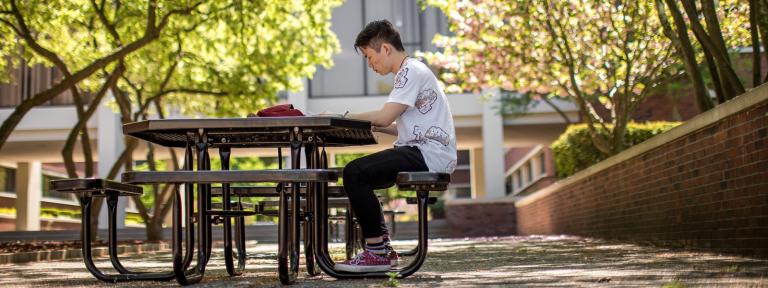
Kettering University closed its capital campaign with more than $100 million for scholarships, renovations and student life initiatives with a celebration gala on campus with almost 200 guests attending Dec. 6.
For President James E.A. John, the success of this campaign clearly sets the tone for the University's future.
"Raising more than $100 million is an astonishing achievement for a school of Kettering's size," he said. "The support shown by our alumni, friends, corporate partners and foundations will enable Kettering to make great strides now and in the future. It speaks highly of the many successes achieved by our alumni and shows their desire to give back to their school. It also demonstrates the outstanding reputation we enjoy with our corporate sponsors."
In addition, the University also received several large software and in-kind gifts including $88 million in hardware, software and training from the PACE organization (a consortium of EDS, General Motors, Sun Microsystems and UGS); $47 million in design software from SDRC; and more than $40 million in buildings, neighborhood revival and land rejuvenation around campus from Delphi Automotive Systems and General Motors.
The results of the campaign, which opened in 1993, are clearly palpable: of the more than $100+ million raised, Kettering received:
- $41 million in gifts and pledges of endowed funds, which, after return on investment, helped the University scholarship endowment grow to nearly $50 million. In the early 1990s, the University's endowment fund was $9 million. Now, Kettering has the ability to support a greater number of students who once believed a Kettering education was out of their reach. This $41 million also helps the University increase its number of endowed faculty chairs to six. Some of these endowed chairs include the Alfred Grava Chair in Manufacturing Management and the Robert and Claire Reiss Chair in Industrial Engineering.
-
$51 million to support laboratory and classroom renovations, computer hardware and software upgrades, equipment purchases, and program and curriculum design. In 2003, the Mechanical Engineering and Chemistry Departments will move into a $40+ million Engineering and Science Center adjacent to campus. This center will offer state-of-the-art laboratories and equipment for use by students, faculty and companies. In addition, the campaign funded an array of new classroom and laboratory facilities, such as the Bosch Automotive Electronic Systems Laboratory; Ford Design Simulation Studio; Hougen Total Design Studio; Ernie Johnson Center for Process Analysis and Productivity; Lubrizol Automotive Engine Research Cell; McEwen Fluid Dynamics Laboratory; Sun Microsystems Laboratory for Computing; and the Textron Polymer Processing Optimization Center to name just a few. These new facilities provide cutting edge resources and technology, which allow students, faculty and outside firms to conduct important research on the Kettering campus.
- More than $8 million to support initiatives for recreational activities. The Connie and Jim John Recreation Center is a state-of-the-art, 70,000 square-foot facility one might typically find at a university with a number of university sports teams. Here, students can lift weights, engage in aerobic workouts, swim, play basketball and tennis, or simply relax in a Jacuzzi spa. Outside, the first phase of the Kettering Park includes new lighted sports fields and a jogging track. Future plans include the incorporation of new tennis, basketball and sand volleyball courts, as well as the Miller Chipping and Putting Course. For freshmen students, Kettering added air conditioning to Frances Willson Thompson Residence Hall in July 2001. Finally, Campus Village Apartments, which was funded through private sources, offers new living opportunities immediately across from the Campus Center.
"Two aspects of this campaign really stand out," said Darryl Sczepanski, vice president of Kettering's University Advancement Department, which took on a leadership role in conducting Kettering's Capital Campaign. "First, $100 million is an incredible total for a development program that is only 19 years old. Before 1982, you could not give a gift to General Motors Institute because we were part of a for-profit corporation. We have made great progress in a short period of time. And second, when most corporations and foundations are making significant cuts in their giving programs, we raised an equal amount from corporations, foundations and individuals. This is a reflection of our high standing in the corporate/foundation world and an indication that we are doing our job well."